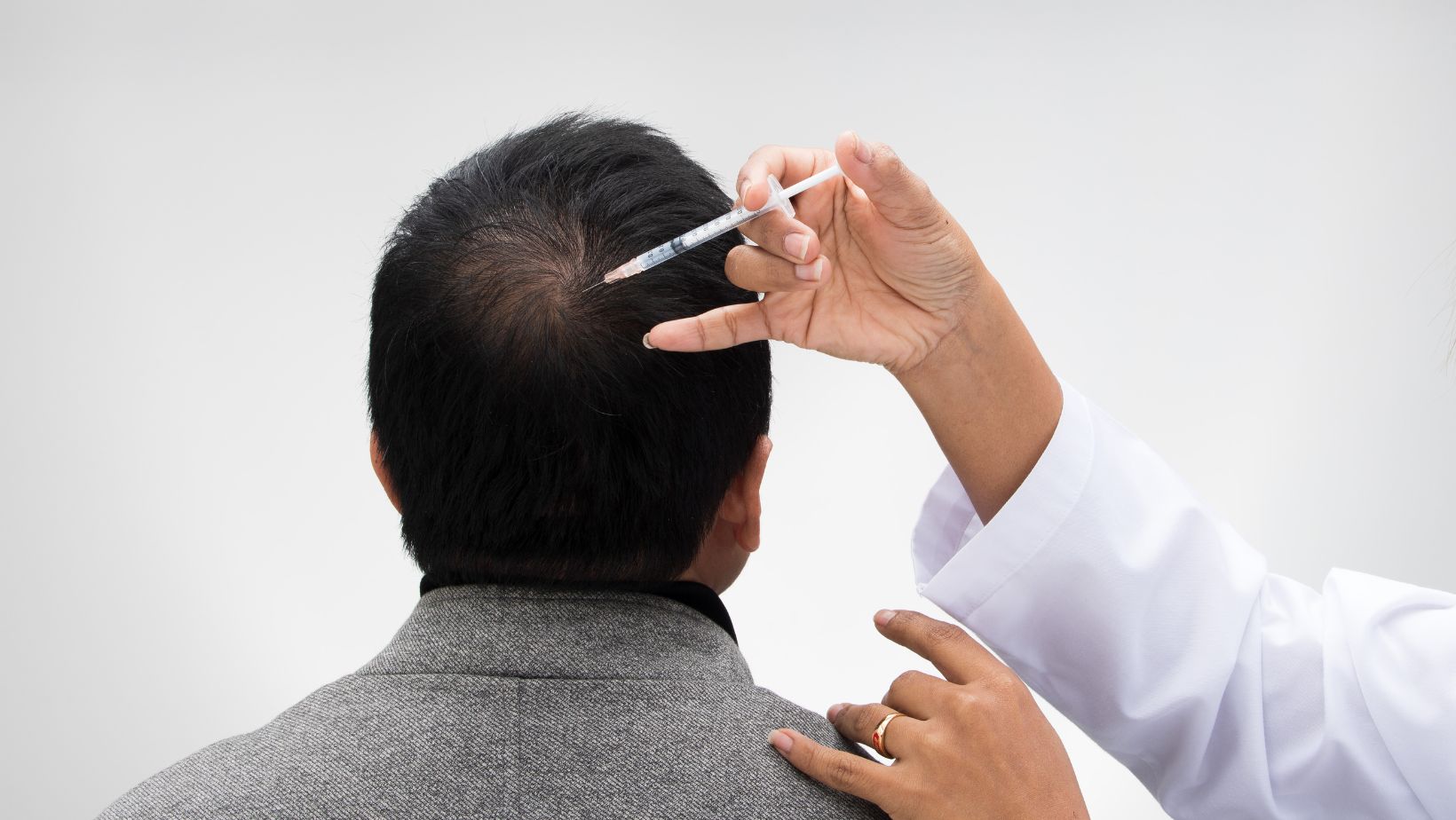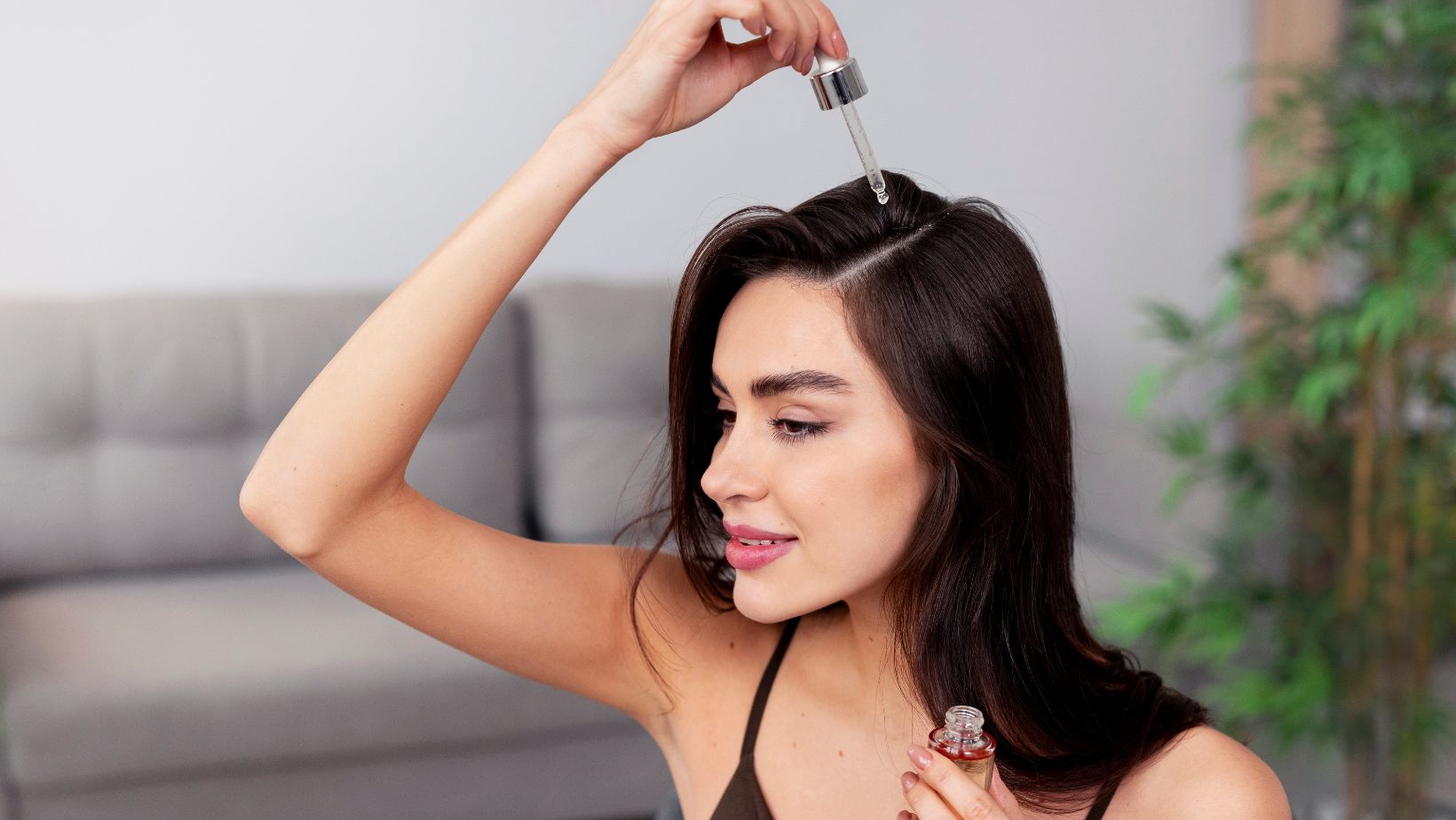Watching your hair thin can feel like standing helplessly as sand slips through your fingers. Yet, modern solutions exist that don’t require going under the knife. A strategic blend of advanced non-invasive therapies and daily habit shifts can reactivate dormant follicles, strengthen existing strands, and halt further loss. This isn’t about magic cures—it’s about scientifically backed methods working synergistically with your body’s natural healing processes.
PRP Treatment: Harnessing Your Body’s Healing Potential
Platelet-rich plasma therapy leverages your own blood’s growth factors to stimulate follicles. After a quick blood draw and centrifugation, concentrated platelets are injected into thinning areas. PRP hair treatment shows particular promise for early-stage androgenetic alopecia, with studies noting up to 30% density improvement after six months. While not instantaneous, this approach addresses root causes rather than masking symptoms.
Low-Level Laser Therapy: Science Fiction Turned Fact
Once relegated to sci-fi novels, cold laser technology now fits in a baseball cap. These FDA-cleared devices emit precise wavelengths that reduce inflammation while boosting cellular energy production in hair roots. Used consistently (typically 3-4 times weekly), they extend the growth phase of your hair cycle. Unlike harsh medications, LLLT carries no systemic side effects—just a commitment to brief sessions while reading or watching TV.
Topical Solutions That Actually Penetrate
Most serums merely coat hair shafts. Breakthrough formulations with nanosome-encapsulated ingredients like adenosine and procapil deliver active compounds directly to the follicles.

Look for products containing topical melatonin—research indicates it prolongs the anagen phase similarly to minoxidil, minus the dreaded shedding phase. Application technique matters: part hair in sections and massage serums directly onto the scalp, not just along your part line.
Dietary Tweaks That Outperform Supplements
Popping biotin pills while eating processed foods is like watering a plant with one hand while poisoning its roots with the other. Prioritize whole-food sources of hair-critical nutrients:
- Zinc: Oysters, pumpkin seeds (regulates oil gland function)
- Silica: Cucumbers, bell peppers (strengthens hair shaft structure)
- Lysine: Lentils, spirulina (prevents excessive shedding)
A 2023 study found that participants combining Mediterranean diet principles with targeted treatments saw 40% better regrowth than those who used either approach alone.
Stress Management as Hair First Aid
Cortisol doesn’t just gray hair—it literally strangles follicles by vasoconstriction. Adaptogens like ashwagandha help modulate stress responses, but behavioral changes create a lasting impact. Try “stress stacking”: pair triggers with calming rituals. Answer stressful emails while sipping chamomile tea. Take conference calls during walks. These micro-interventions prevent cortisol spikes from becoming chronic.
Scalp Biome: The Overlooked Frontier
Your scalp’s microbiome influences everything from inflammation to nutrient absorption. Probiotic sprays containing lactobacillus strains rebalance bacterial populations, while occasional apple cider vinegar rinses (1:3 dilution) maintain ideal pH. Avoid over-washing—stripping natural oils prompts rebound sebum production that clogs follicles.
Sleep Optimization for Follicle Regeneration
Deep sleep stages correlate with peak growth hormone release—your body’s natural follicle repair time. Temperature regulation proves critical: keep bedrooms at 65°F (18°C) and consider silk pillowcases to minimize friction breakage.

Those with sleep apnea should address it urgently; oxygen deprivation starves hair roots.
Movement as Medicine
Inversion poses in yoga temporarily increase scalp blood flow, but consistent cardio delivers lasting circulation benefits. Surprisingly, resistance training may be most impactful—a 2022 study linked strength training to reduced DHT (a hair-loss hormone) in both sexes. Even fidgeting counts: one trial found that leg bouncing increased microcirculation by 17%.
When to Combine Approaches
Mild thinning often responds well to solo therapies, but moderate loss typically requires layered solutions. A sample protocol:
- Mornings: LLLT cap session + caffeine serum
- Nights: Microneedling (0.5mm) twice weekly + melatonin spray
- Bi-monthly: PRP sessions for six months
Track progress with standardized photos under consistent lighting every 30 days.
Patience as the Ultimate Active Ingredient
Hair grows in millimeters, not miracles. Most regimens demand 90-120 days before visible improvement—the time needed to complete a full follicle cycle. Those persisting through the “ugly phase” (temporary shedding of weak hairs) ultimately see the best results. Remember: every strand you nurture today began its journey three months ago.
The path to thicker hair isn’t about choosing between technology and lifestyle—it’s about aligning both to create an environment where regrowth becomes inevitable. Start where you are, use what works, and let consistency compound your results.
